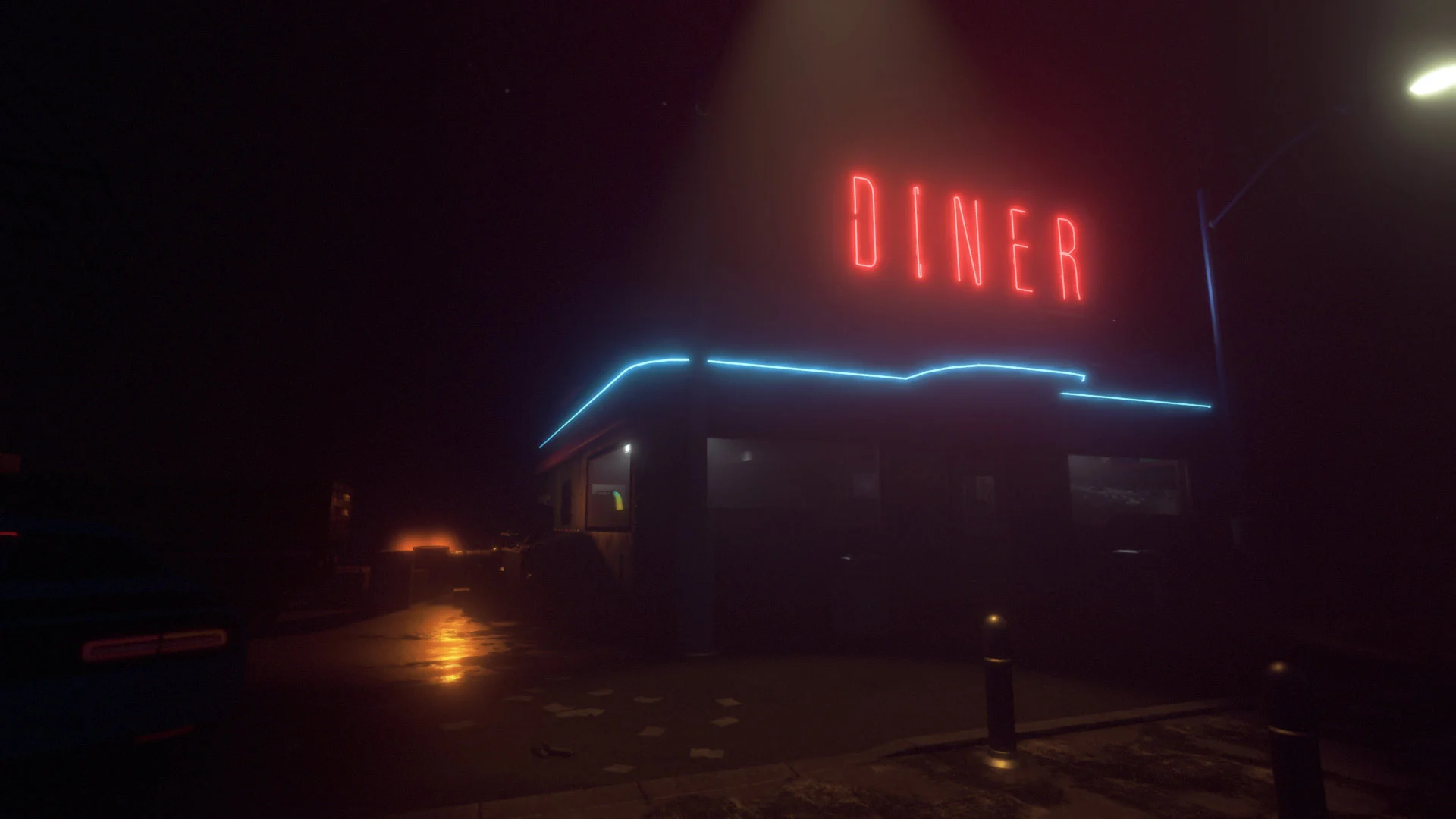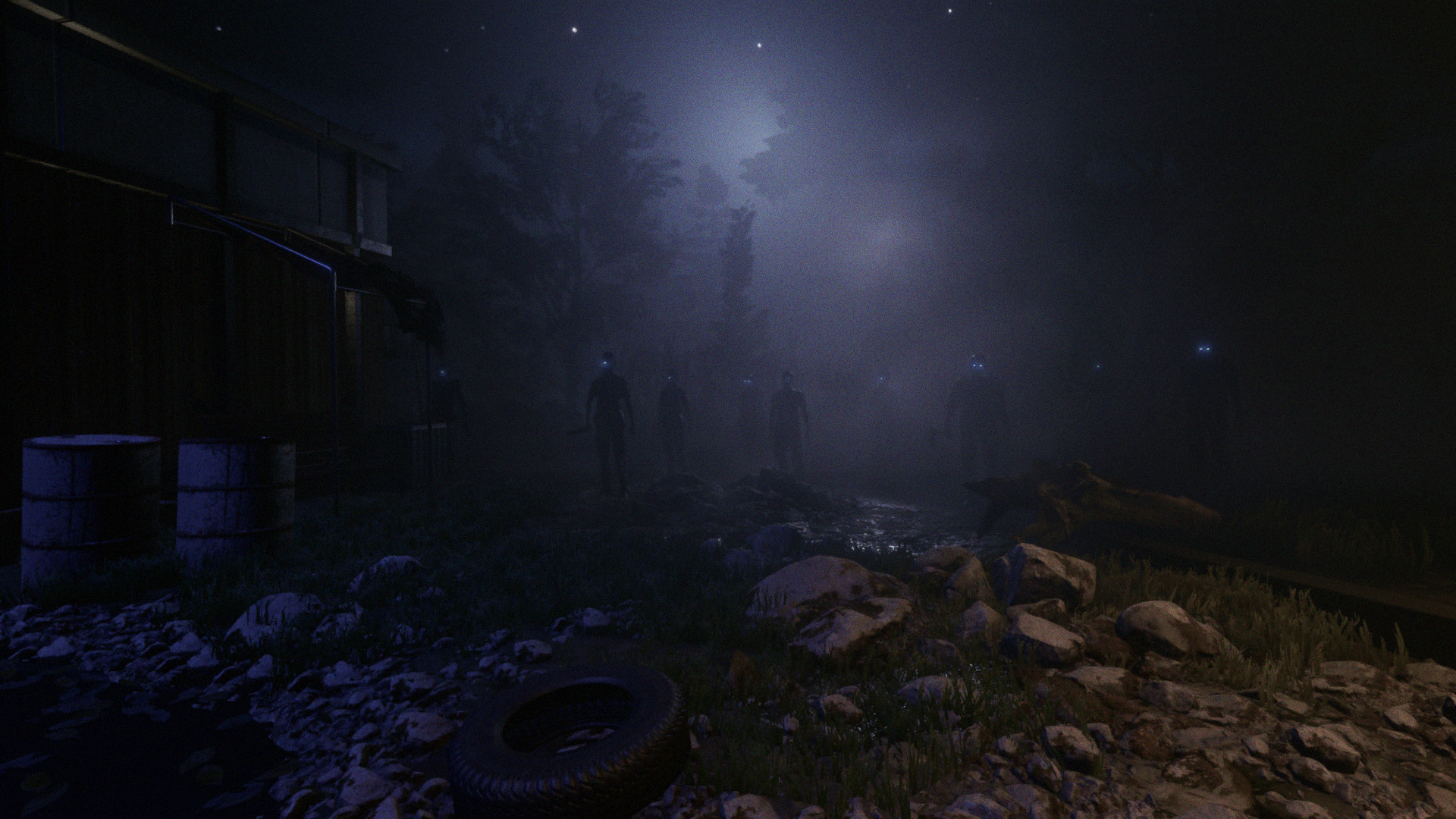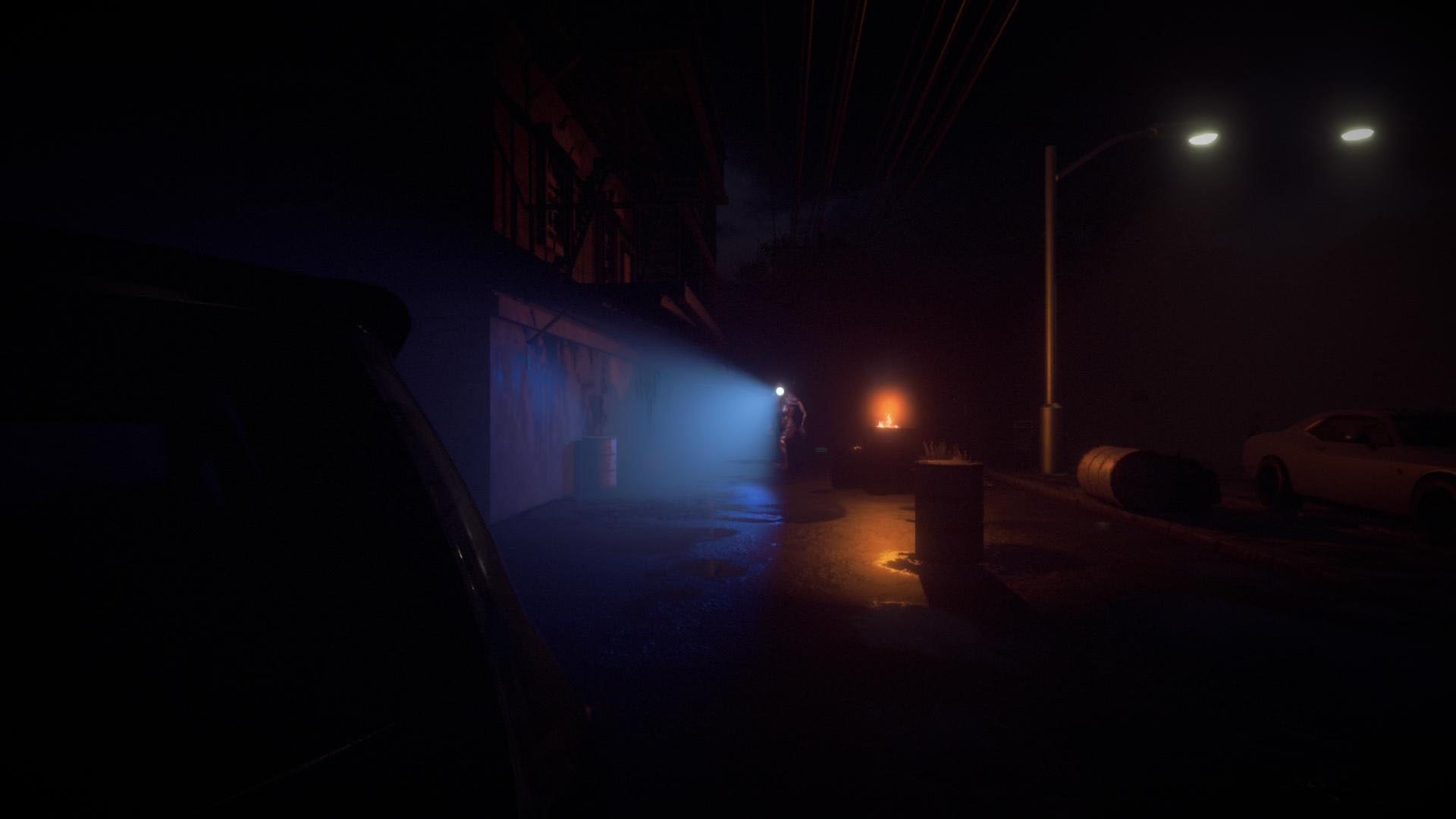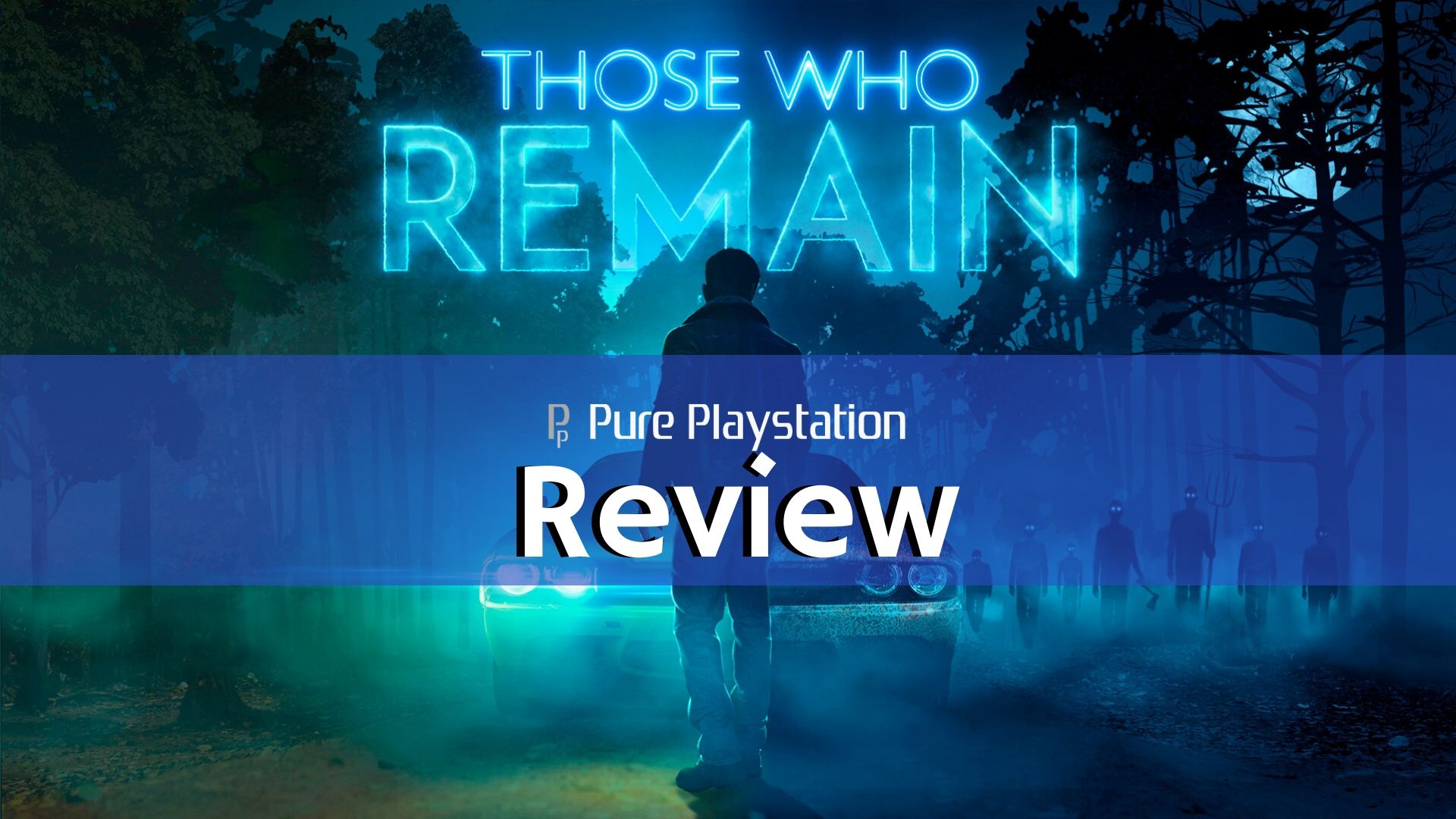Good horror is hard to find. For every P.T. or Resident Evil, there are a dozen well-intentioned yet ultimately ill-fated imitators. While Those Who Remain does just enough to distinguish itself from some of this year’s other generic horror titles, each inventive idea it puts forth is offset by some frustrating shortcomings, be that inconsistent visuals, messy storytelling, or tedious level design.
Those Who Remain centres around Edward, a guilt-stricken man who in a bid to cease his alcoholic, adultering ways drives to the sleepy town of Dormont to end his affair and repair his marriage. However, Edward’s night soon spirals out of control as the fabric of both Dormont and reality itself begin to unravel around him. Swarms of sinister townsfolk stalk him from the shadows while spectral shapes and paranormal phenomena follow him, fueling his growing paranoia. Edward’s troubled past quickly gets left behind, however, with the story instead shifting towards the fate of Dormont’s citizens. While the plight of these people proves more compelling than Edward’s story, they ultimately serve to distract from the overarching narrative, making it feel directionless and disjointed.

While detrimental to its plot, these encounters with Dormont’s citizens do enable one of Those Who Remains most inventive additions, it’s morality system. Some sequences have you gathering clues about citizen’s misdeeds before coming to a conclusion while others simply present you with a scenario, leaving you to decide how you wish to approach it. Each moral dilemma lets you act with either malice or benevolence, contributing toward one of three possible endings. Sadly, due to uninspired writing, flat performances, and a lack of context for exactly why Edward is playing judge, jury, and executioner, I never felt invested in these decisions or their outcomes.
This lack of heft behind Those Who Remain’s superficial morality system is but one reason I felt no urge to revisit the game in pursuit of a better conclusion after the depressing downer of an ending I earned. With each area being its own isolated level, the world of Dormont feels disparate and disconnected. Not only does this mean the game never manages to cultivate a cohesive atmosphere or a sustained sense of tension, but it results in each area following the same formula behind the facade of being something new and different. Central to this lack of tension is how predictable threats are. The shadow people pose no threat unless you intentionally wander into the darkness and the few, poorly designed creatures that do pursue you are easily evaded.

Your time with Those Who Remain is split between exploration and puzzles, which the game alternates between from level to level to offer a little variety to the gameplay. Unfortunately, neither iterates quite enough to remain compelling. Exploration usually boils down to scouring some gloom-drenched post office or police station for a key or item hidden away in one of a countless number of draws or cupboards. This busywork feels designed to artificially pad out the experience, forcing you to tirelessly probe your surroundings until you can progress by happenstance. While hand-holding in games can cheapen the experience, Those Who Remain’s vagueness takes this too far in the other direction, resulting in frequent frustration on top of the tedium of these already unengaging scavenger hunts.
Conversely, puzzles provide some much-needed nuance and a genuine sense of challenge to the gameplay. However, while this makes for some of the game’s most inspired moments it equally makes for some it’s most banal and baffling ones too. The game’s best puzzles have you timing your movements as you shift between two planes of existence or interacting with your environment to illuminate it, allowing you to progress. These mechanics are implemented well yet are woefully underused in favour of lazy puzzle design that has you gathering and placing objects at a painfully slow pace or solving some hidden pattern through nothing but trial and error. These lacklustre labours, paired with some clumsy chase sequences and an annoyingly infrequent checkpoint system, culminating in an experience that all too often feels like a hassle to play.

This inconsistency extends to the game’s presentation which struggles to find an identity. Influences from The Shining and Twin Peaks to P.T. and Alan Wake are all apparent in Those Who Remain’s makeup, at times a little too overtly whether in its appropriation of The Overlook Hotel’s famous flooring or its Lisa-like apparition that haunts you down hallways. While effective use of lighting imbues each area with an eerie ambience and some strong environmental design conjure some surreal imagery, flat textures, character models that look like they’ve been sculpted out mashed potato, and generally jankiness regularly break this immersion.
Those Who Remain is a game I want to like; the bones of its story, game world, and gameplay mechanics all show such promise yet it never manages to build upon or find order out of its disparate ideas. Every moment of suspense is over before it can generate any genuine terror while the game’s inventive puzzles are too few and fleeting to make much of an impression, resulting in an experience that seems torn between genres without succeeding at being either.
Those Who Remain PS4 Review
-
Overall - Not Bad - 5/105/10
Summary

Despite some inventive ideas, Those Who Remain is just another generic horror game, albeit one that offers little in the way of suspense or scares. While its puzzle design is at times inspired, disjointed storytelling, inconsistent visual design, and gameplay that often resigns itself to tedious busywork make for a frustratingly unfulfilling experience.
Review Disclaimer: This review was carried out using a copy of the game provided by the publisher. For more information, please read our Review Policy.
Reviewed using PS4 Pro.















